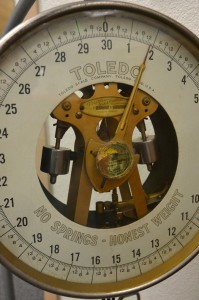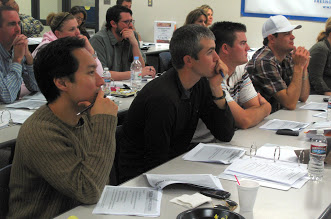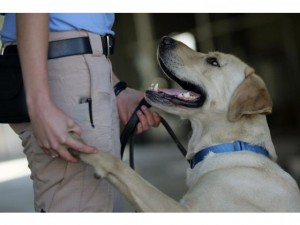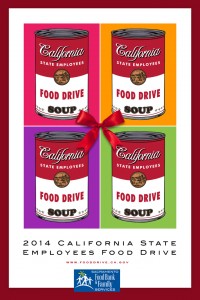From USDA:
USDA Announces Funding for Renewable Energy and Energy Efficiency Projects
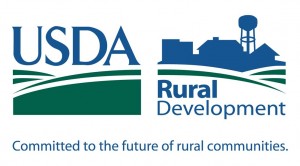 WASHINGTON – Agriculture Secretary Tom Vilsack has announced that rural agricultural producers and small business owners can now apply for resources to purchase and install renewable energy systems or make energy efficiency improvements. These efforts help farmers, ranchers and other small business owners save money on their energy bills, reduce America’s dependence on foreign oil, support America’s clean energy economy, and cut carbon pollution. The resources announced today are made possible by the 2014 Farm Bill.
WASHINGTON – Agriculture Secretary Tom Vilsack has announced that rural agricultural producers and small business owners can now apply for resources to purchase and install renewable energy systems or make energy efficiency improvements. These efforts help farmers, ranchers and other small business owners save money on their energy bills, reduce America’s dependence on foreign oil, support America’s clean energy economy, and cut carbon pollution. The resources announced today are made possible by the 2014 Farm Bill.
“Developing renewable energy presents an enormous economic opportunity for rural America,” Vilsack said. “The funding we are making available will help farmers, ranchers, business owners, tribal organizations and other entities incorporate renewable energy and energy efficiency technology into their operations. Doing so can help a business reduce energy use and costs while improving its bottom line. While saving producers money and creating jobs, these investments reduce dependence on foreign oil and cut carbon pollution as well.”
USDA is making more than $280 million available to eligible applicants through the Rural Energy for America Program (REAP). Application deadlines vary by project type and the type of assistance requested. Details on how to apply are on page 78029 of the December 29, 2014 Federal Register or are available by contacting state Rural Development offices.
USDA is offering grants for up to 25 percent of total project costs and loan guarantees for up to 75 percent of total project costs for renewable energy systems and energy efficiency improvements. The REAP application window has been expanded. USDA will now accept and review loan and grant applications year-round.
Eligible renewable energy projects must incorporate commercially available technology. This includes renewable energy from wind, solar, ocean, small hydropower, hydrogen, geothermal and renewable biomass (including anaerobic digesters). The maximum grant amount is $500,000, and the maximum loan amount is $25 million per applicant.
Energy efficiency improvement projects eligible for REAP funding include lighting, heating, cooling, ventilation, fans, automated controls and insulation upgrades that reduce energy consumption. The maximum grant amount is $250,000, and the maximum loan amount is $25 million per applicant.
USDA is offering a second type of grant to support organizations that help farmers, ranchers and small businesses conduct energy audits and operate renewable energy projects. Eligible applicants include: units of state, tribal or local governments; colleges, universities and other institutions of higher learning; rural electric cooperatives and public power entities, and conservation and development districts. The maximum grant is $100,000. Applications for these particular grants have been available since December 29 of last year and are due February 12.
The REAP program was created in the 2002 Farm Bill. Because of the success of the program, Congress reauthorized it in the 2014 Farm Bill with guaranteed funding of no less than $50 million in annual funding for the duration of the 5 year bill. The 2014 Farm Bill builds on historic economic gains in rural America over the past six years while achieving meaningful reform and billions of dollars in savings for taxpayers.
Since 2009, USDA has awarded $545 million for more than 8,800 REAP projects nationwide. This includes $361 million in REAP grants and loans for more than 2,900 renewable energy systems. When fully operational, these systems are expected to generate more than 6 billion kilowatt hours annually – enough to power more than 5.5 million homes for a year.
In 2013, owners of the Ideal Dairy restaurant in Richfield, Utah, used REAP funding to install 80 solar modules and two 10-kilowatt inverters, which convert energy from solar panels to electricity. The owners have saved, on average, $400 per month. These savings have helped them preserve their restaurant and livelihood.
President Obama’s plan for rural America has brought about historic investment and resulted in stronger rural communities. Under the President’s leadership, these investments in housing, community facilities, businesses and infrastructure have empowered rural America to continue leading the way – strengthening America’s economy, small towns and rural communities. USDA’s investments in rural communities support the rural way of life that stands as the backbone of our American values.
#
View the original release on USDA’s site here.




